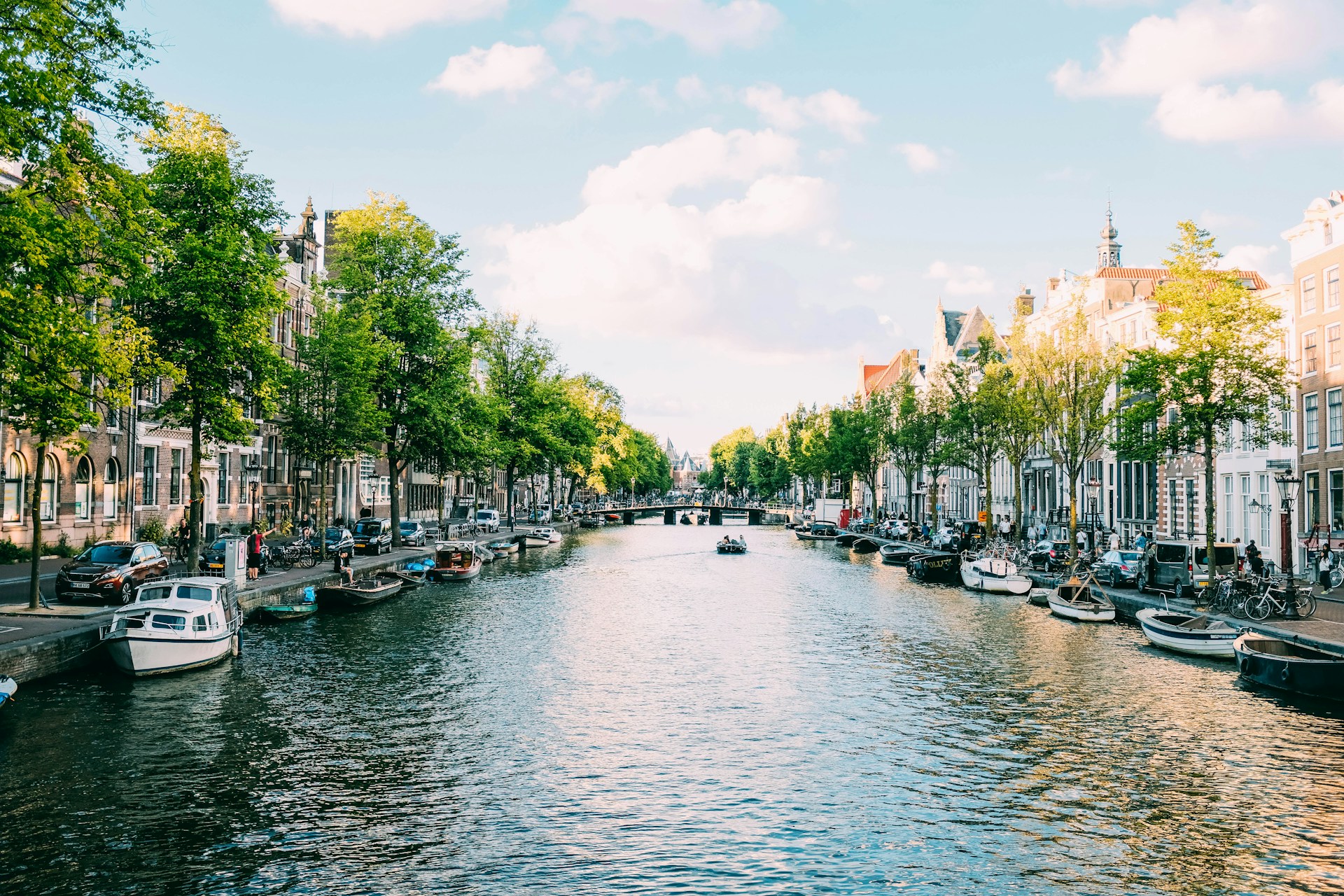
The Top Eco-Cities Around the World
We are reader-supported. When you buy through links on our site, we may earn affiliate commission.
Last updated March 13, 2024
Urban areas have notoriously high levels of pollution. The transportation, manufacturing and building sectors produce surface-level and atmospheric emissions, expanding a city’s carbon footprint. As more countries develop climate change regulations and restrictions, urban planners must enhance regional sustainability.
There are five eco-cities around the world modeling effective emission-reduction techniques. Using renewable power, green spaces, energy-efficient buildings, and sustainable technologies, urban residents can shrink their footprints. To identify the top eco cities on the planet, individuals must first explore the concept independently.
What are Eco Cities?
Eco-cities are environmentally healthy spaces that support the local ecosystem and humanity’s well-being. They are also self-sustaining, consuming as many resources as they produce. Eco-cities produce zero waste and capture and filter the pollutants they release.
Green urban developers produce the spaces, focusing on sustainable transportation, energy, growth, reproduction, construction, excretion, and nutrition features. Many eco-friendly regions grow their food onsite, minimizing transportation emissions and improving the quality of individuals’ diets. They also prioritize open green spaces, promoting natural carbon filtration processes.
Developers also target emissions from residential and commercial buildings in sustainable cities. Buildings are responsible for nearly 40% of greenhouse gases, deriving from heating, ventilation, and air conditioning (HVAC) systems and lights. The top five eco-cities use green technologies to reduce emissions, reducing global ecological degradation.
Copenhagen, Denmark
Copenhagen is one of the most energy-efficient and sustainable urban regions in the world. The city established a goal of becoming the first emission-free capital by 2025. One of its main eco-friendly features is its transportation system.
City developers promoted biking as residents’ main form of transportation by creating more smart bike paths and roads. The transition towards sustainable transit methods decreased emissions in the city by 90,000 tons each year. Copenhagen also uses a centralized heating and cooling system, repurposing excess energy.
The Combined Heat and Power (CHP) project captures and reuses the heat released during energy production. Professionals utilize the heat to warm water sources, distributing sustainable resources to residents. They also create cool water sources using seawater, powering the system with biomass fuel.
Amsterdam, Netherlands
Amsterdam is another eco-city shrinking its carbon footprint with sustainable technologies and infrastructure. The city is increasing the eco-friendliness of its transportation system by adopting electric vehicle (EV) fleets. EVs produce zero greenhouse gas emissions from their tailpipes, making them less ecologically degrading than gas-powered vehicles.
Construction professionals in Amsterdam are also installing green roofs on buildings to decrease resource exploitation. The systems contain a layer of vegetation on a rooftop covering underlying layers of growth medium and drainage technology. Using rainwater to support vegetation growth improves air quality and reduces runoff.
Trees, shrubs, and other forms of vegetation naturally absorb and filter carbon dioxide during the photosynthesis process. A single tree can convert over 48 pounds of emissions into pure oxygen each year. Adding green roofs to urban spaces increases the quantity of vegetation within the region.
Stockholm, Sweden
Stockholm is one of the most sustainable eco-cities in Europe. Government officials established an ambitious climate goal for the city, eliminating its use of fossil fuels by 2040. The urban region is working towards the goal by sourcing electricity from sewage.
The waste-to-energy system effectively processes and repurposes contaminated water, minimizing resource exploitation. It also decreases the community’s reliance on fossil fuels, decreasing emissions and atmospheric degradation. Germany also has some sustainable cities improving global conservation efforts.
Berlin, Germany
Berlin is another one of the top eco-cities in Europe. It prioritizes natural resource preservation, protecting open spaces. Nearly 30% of Berlin is green spaces and woods.
Citizens also utilize the protected lands to grow their food. Many individuals source their fruits and vegetables from community gardens, reducing the transportation emissions related to an individual’s diet. Other agricultural professionals in the sustainable city use vertical farming to decrease the environmental impact of food production.
Vertical indoor farming saves space, reduces land use, and conserves resources. Farmers also use light-emitting diode (LED) bulbs to reduce energy loss, increasing efficiency rates by 75% on average. The food production technique also saves and repurposes water, further protecting natural resources.
Portland, Oregon
Portland is also one of the top eco-cities in the world. Its energy grid is low impact because professionals source nearly half of the electricity from renewable sources. The community additionally promotes green transportation options.
About 25% of commuting workers travel by bike. Others engage in carpooling or take public forms of transportation to decrease greenhouse gas emissions. City developers also install green roofs on buildings throughout the city to improve atmospheric conditions.
Increasing the Number of Eco-Cities Globally
Individuals can promote the development of more eco-cities by talking to their local government officials. Voting for sustainable change is also important when adopting green infrastructure. Community members can additionally educate their peers about the importance of eco-conscious regions, influencing their support of the global transition.
Share on
Like what you read? Join other Environment.co readers!
Get the latest updates on our planet by subscribing to the Environment.co newsletter!
About the author

Jane Marsh
Starting from an early age, Jane Marsh loved all animals and became a budding environmentalist. Now, Jane works as the Editor-in-Chief of Environment.co where she covers topics related to climate policy, renewable energy, the food industry, and more.





